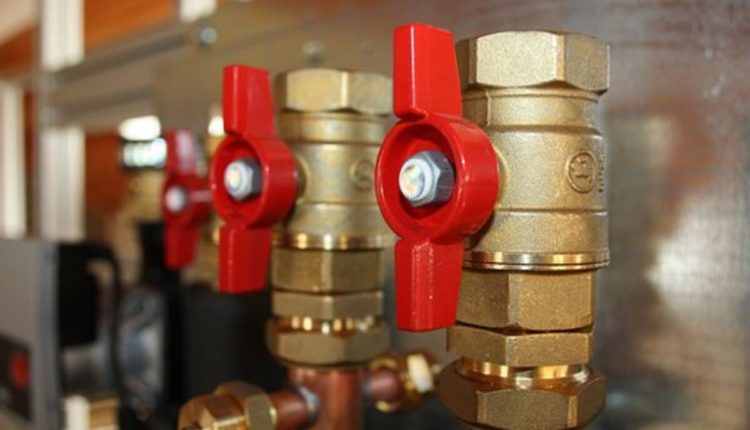People take plumbing fixtures as a right all the time. Indeed, plumbing features are pretty reliable for the most part, justifying such an attitude. But, on the other hand, if something goes wrong with faucets, toilets, tubs, and traps, ignorance about these individuals requires a call to the plumbing technician. And because these problems are not often that difficult to repair, the standard homeowner can save the cost of high-priced service calls by finding out how his fixtures do the job and how to handle remedies themself. The Best Guide to find plumbing riser.
Plumbing fixtures include kitchen sinks, tubs, showers, toilets, and bidets. Traps are a component of all of these and merit specific consideration. Common fixture danger is leaks, drips, damage, concerns arising from faulty installation, and cross-connections. In addition, traps acquire their own set of concerns. Inside the rest of this article, we will detail all types and defects.
Sinks, tubs, and bidets have sinks, temperature controls, and some basin or gift basket (the actual fixture) drains through a trap. Baths not combined with tubs exhibit faucets and regulates, but they lack a pot, and the (virtually inaccessible) capture is hidden below the floor drain. Much of the plumbing regarding showers and tubs will be challenging to access, lying at the rear of sheet rock. Toilets have got built-in traps but simply no faucets or associated elements.
Faucet parts eventually degrade, resulting in leaks, drips, or perhaps cracks; they commonly must be replaced. This can initially seem daunting because of the overwhelming range of choices to make. But if just one approaches the task systematically, swapping faucet parts becomes clear-cut. Start with the basic functionality (kitchen, bathroom, pot filler, and so forth ), and be sure to go with the mounting characteristics into the existing configuration. After that, possibilities come down to the manufacturer, model, material, and color. In addition, make sure you aren’t inadvertently producing a cross-connection (see below).
If plumbing features have reversed hot and wintry controls, the ingestion lines must be reconnected for the correct valve or handle. This is a bit more complicated than replacing washers or elements. However, many shower regulations (and perhaps other fixtures) provide a mechanism for treating hot and cold and never have to reconnect intake lines.
A new cross connection is a joint pipe configuration that enables gray waters to mix with and taint the water supply should adverse pressure occur. Examples usually are faucet tips that shed below the basin high waters line, hand-held showers eventually left under tub water, and hoses attached to threaded clothing tub spouts. Dishwasher weather gaps, washing machine standpipes, and hose bib backflow protection devices are standard methods familiar with break cross-connections. If faucet parts are exchanged, one should ensure an air gap between the utterly new spout end and the major of a filled basin.
Draws for plumbing fixtures are named because their water seals prevent sewage toxins from entering the house. They are carefully designed to self-scour (replenish the water seal) with every use and flow at the correct velocity. Too fast a new flow tends to siphon the water seal at a distance, while far too slow a flow brings waste and debris accumulating in the trap. The owner must check that all plumbing barriers are the P-type and this there is no double trapping (two traps in a series). There are many ways to break an h2o seal, but one doesn’t have to be concerned with them unless scents are detected.
Toilets are usually fixtures with self-contained barriers, and typically, they require comparatively little attention. However, it is an excellent plan to check for moisture deposition behind and around the base and see that intake lines usually are leaking. This is a wise idea to follow periodically with all plumbing-related fixtures. Don’t hesitate to call any plumber with serious difficulties, but don’t be afraid to be able to tackle minor defects all on your own.
Read also: What are the 7 Proven Principles of Business Success?
